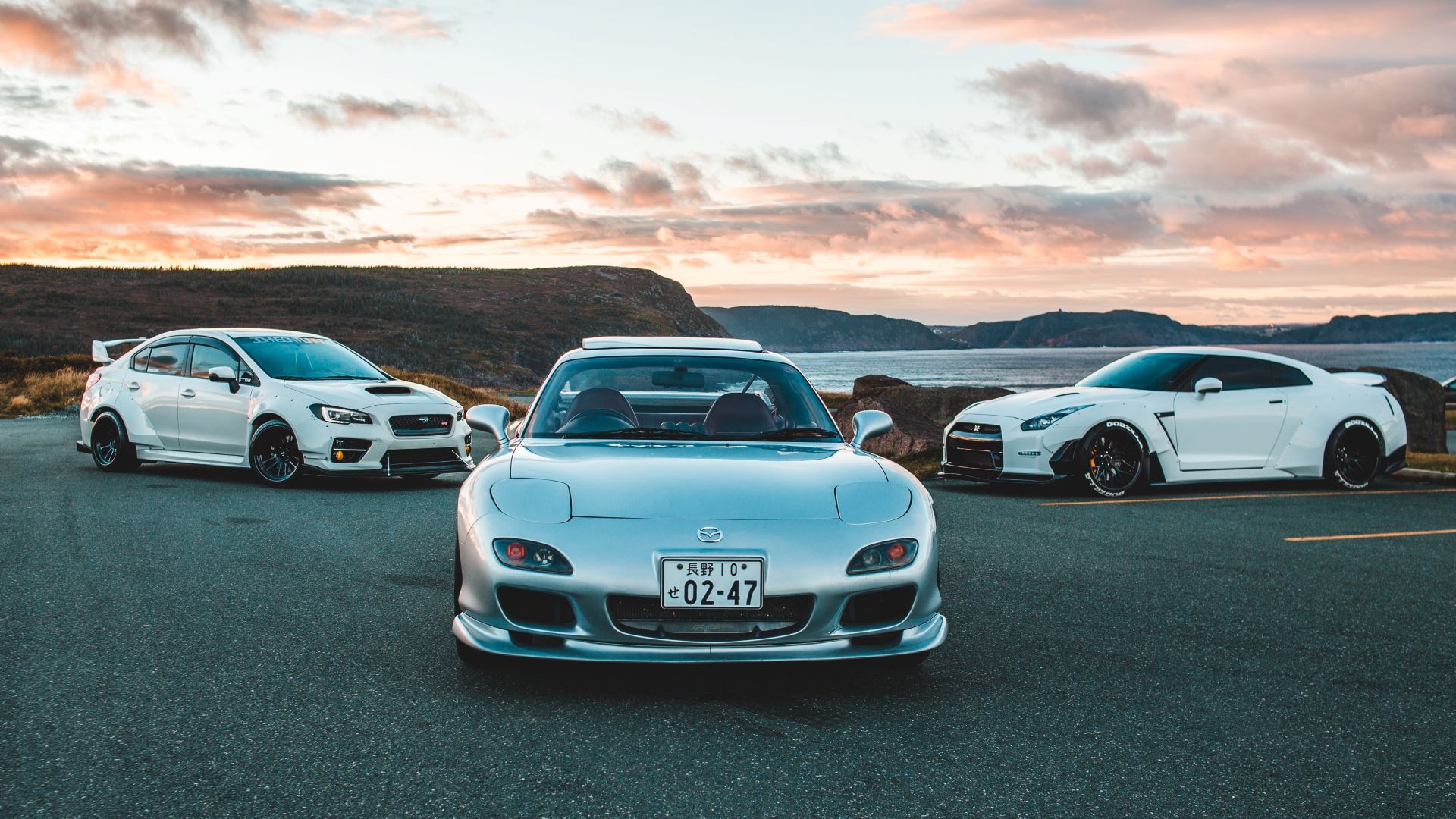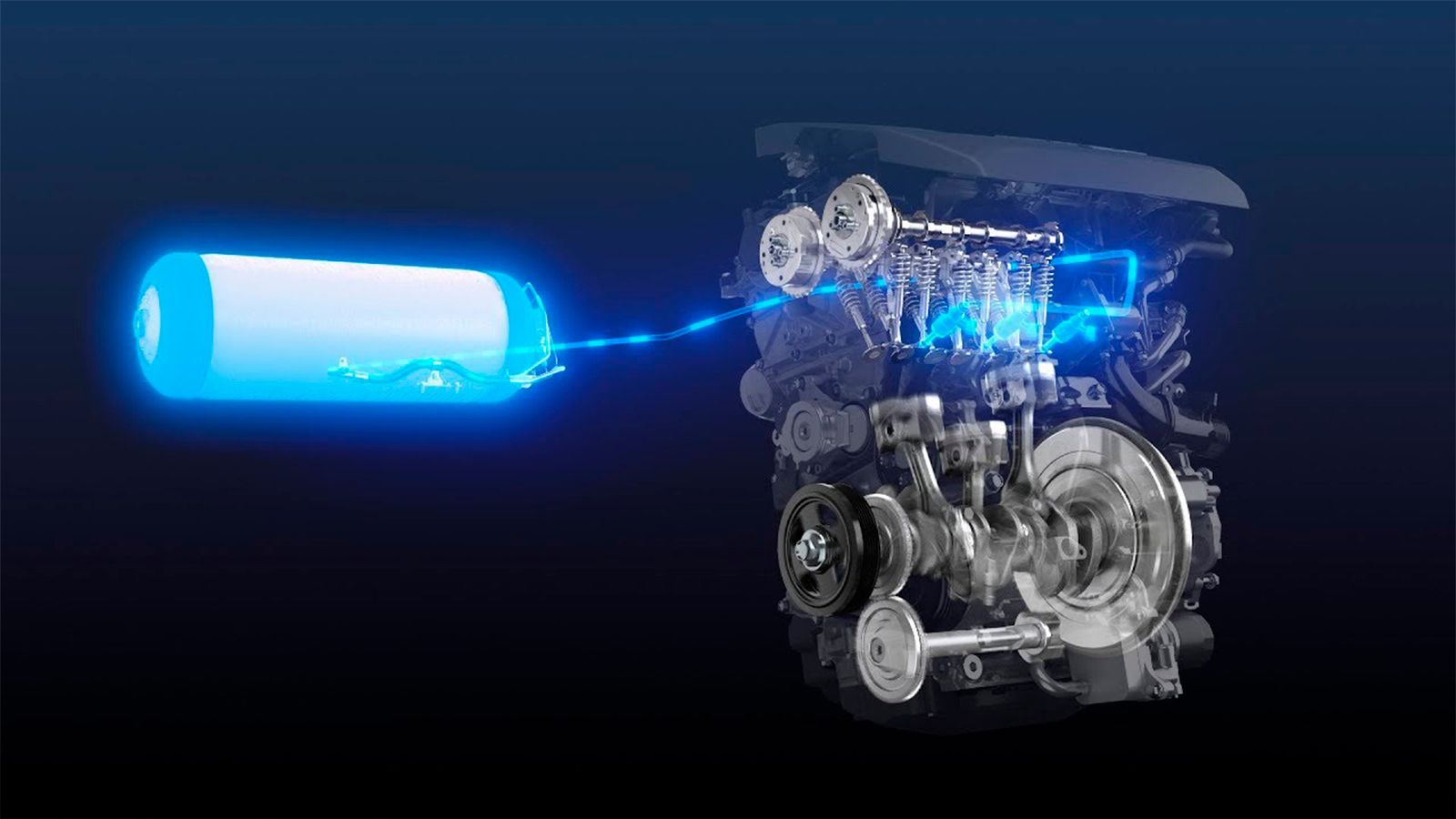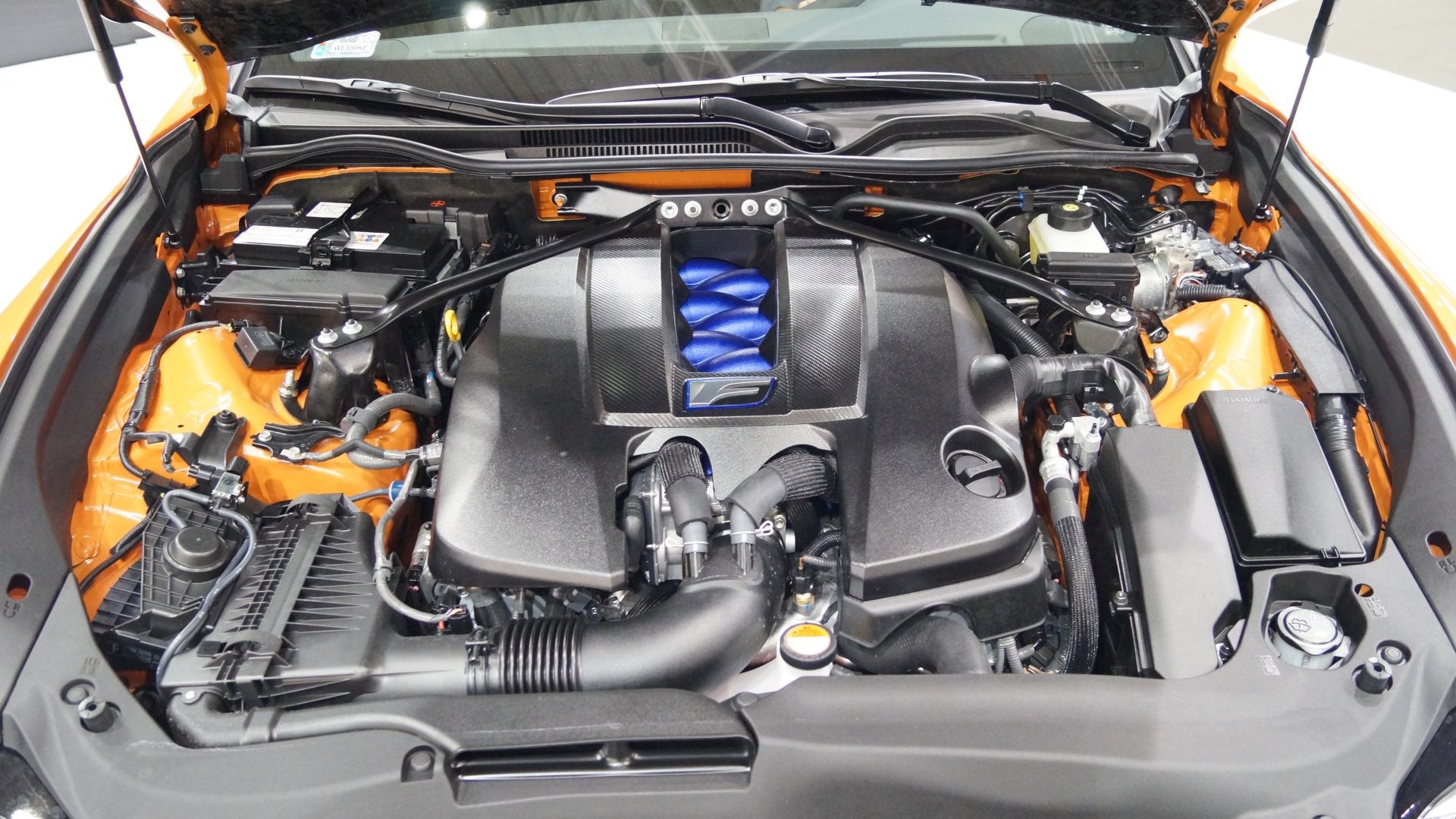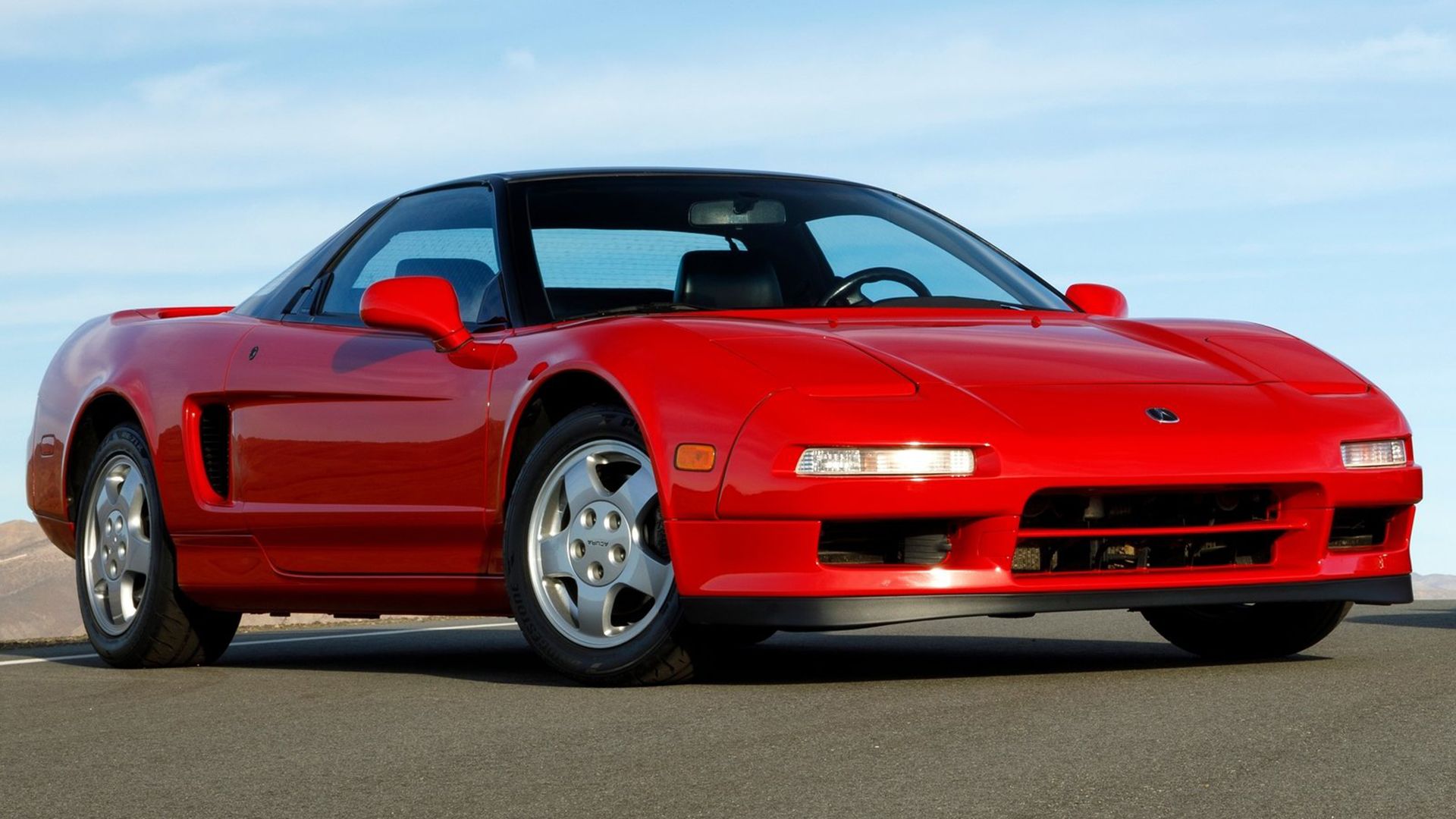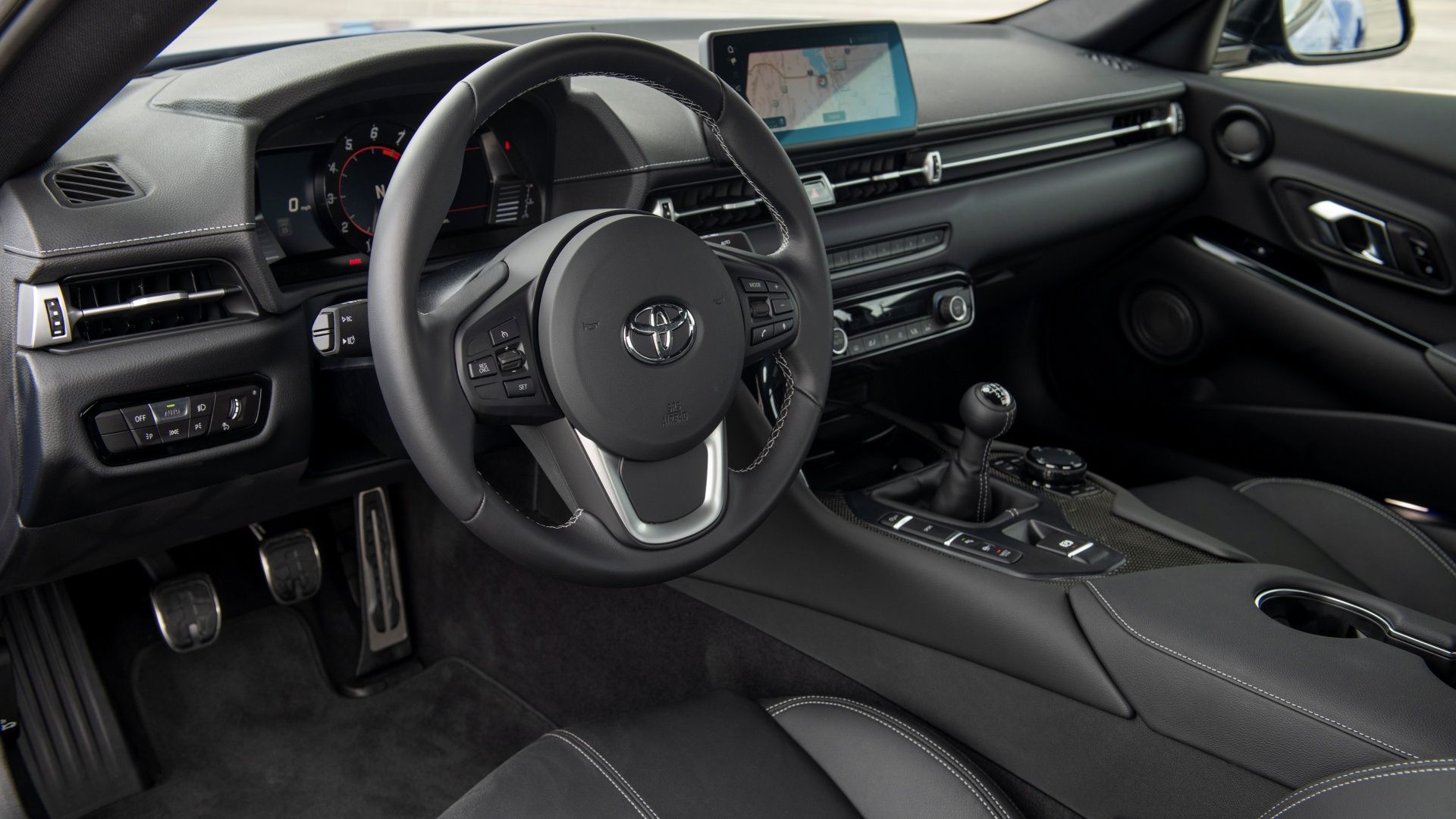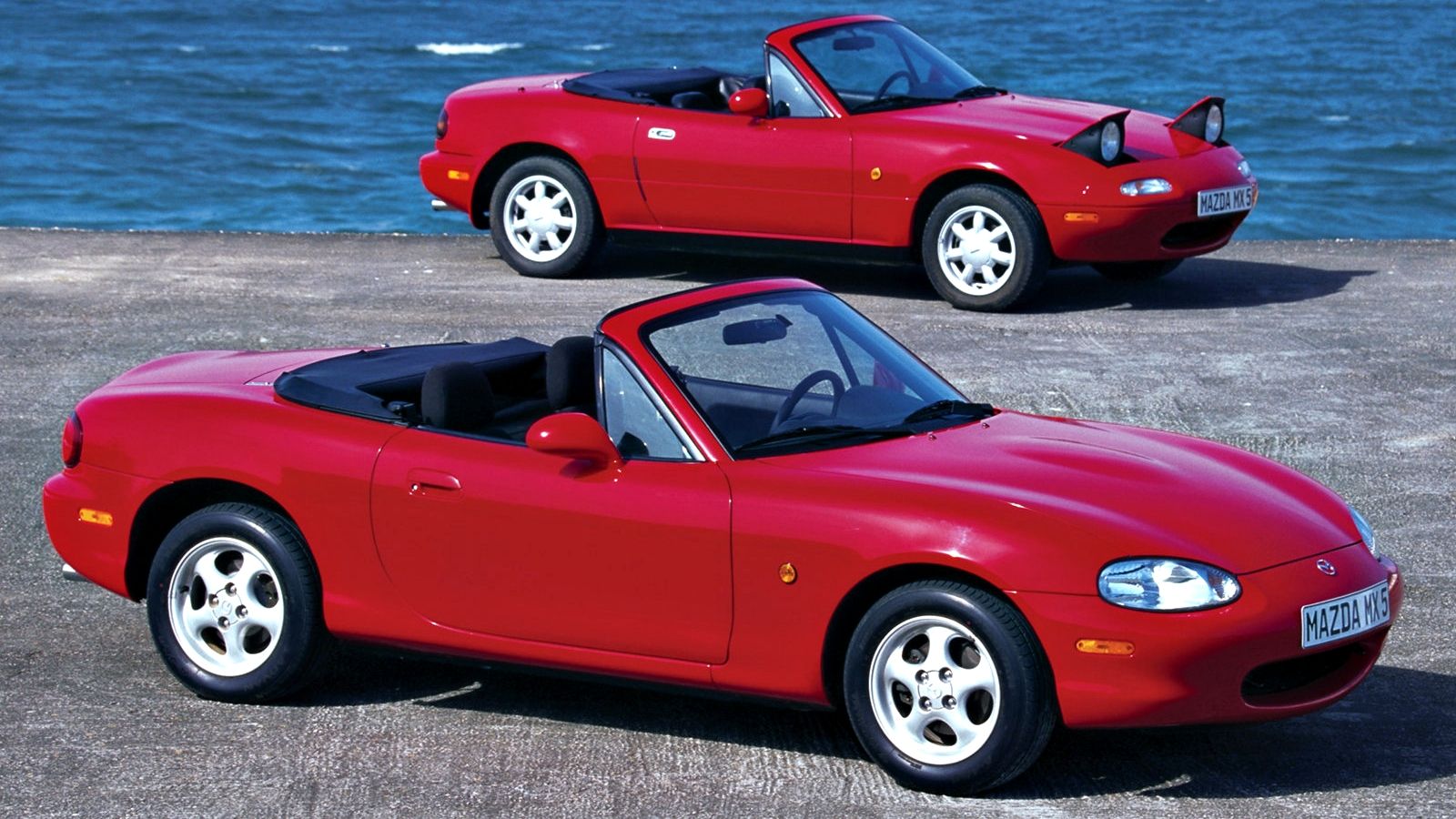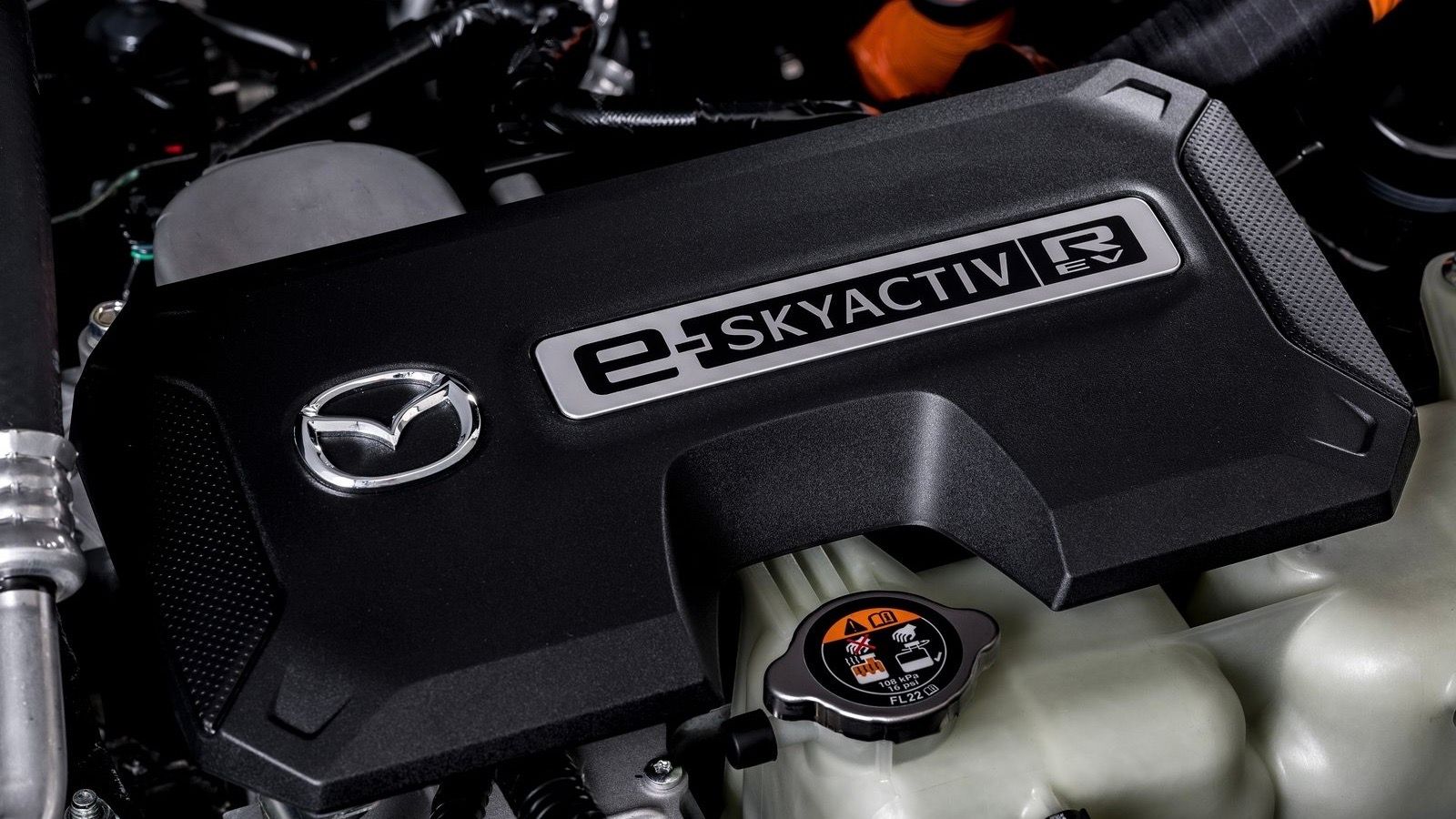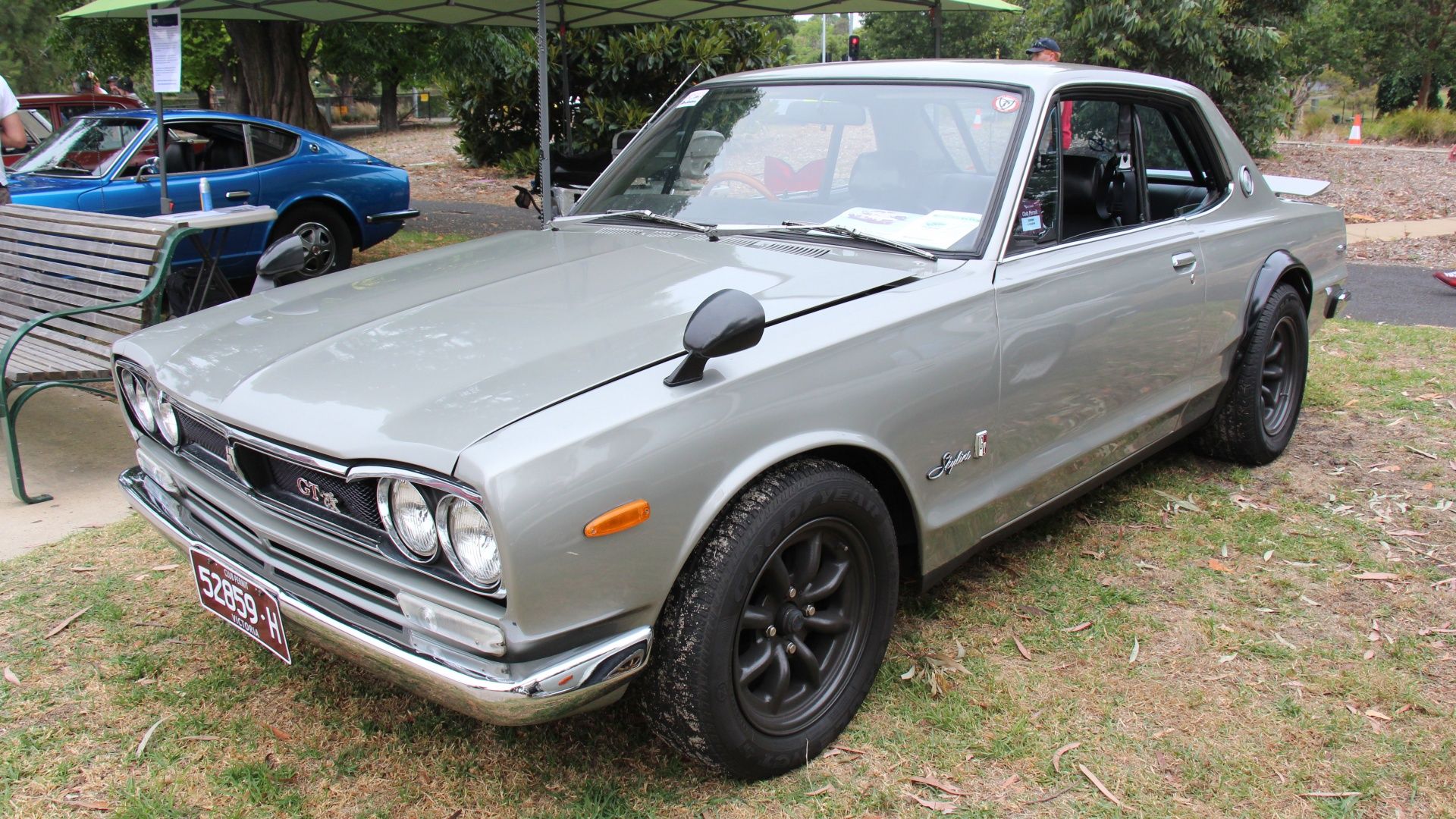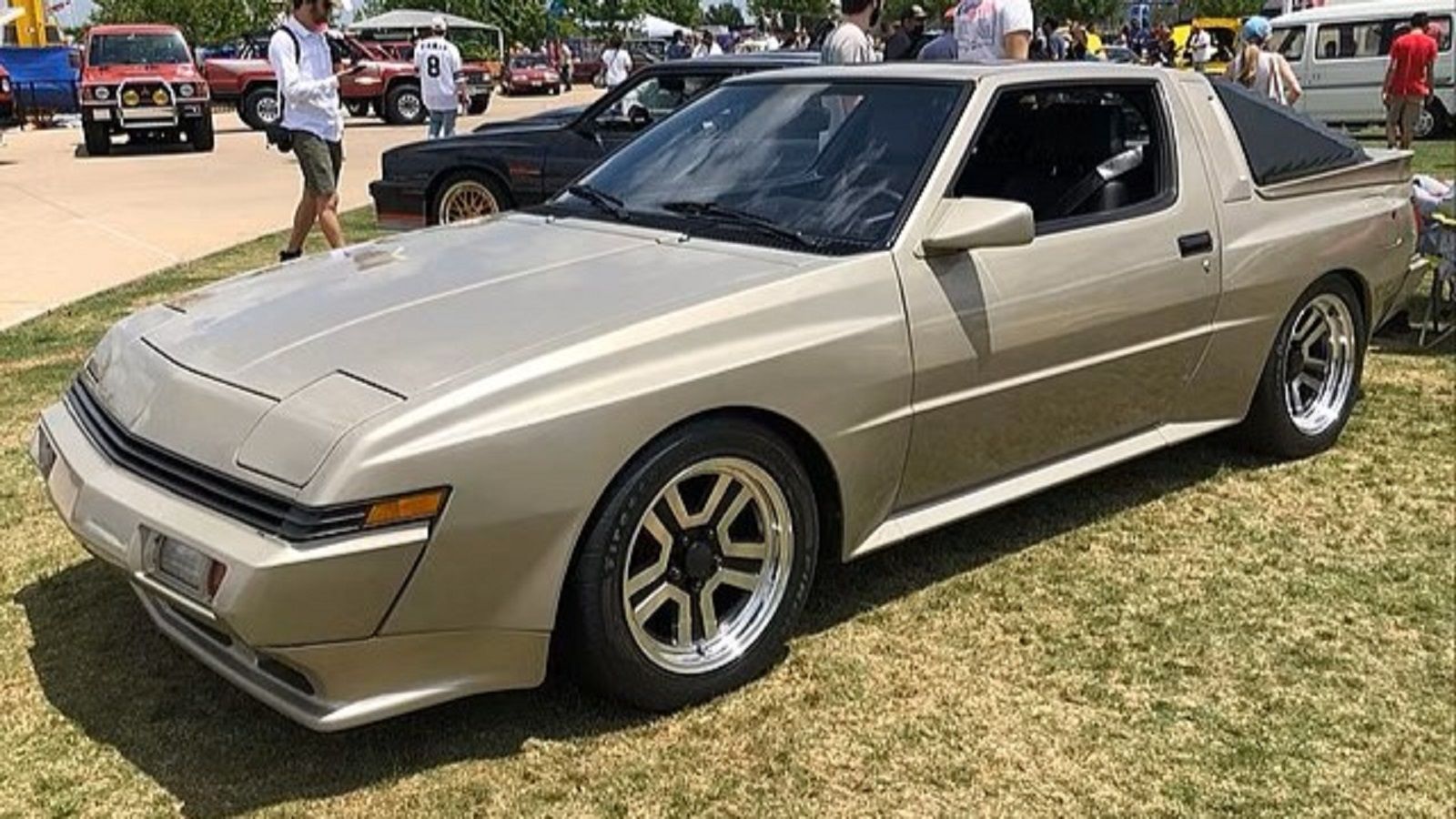Japanese automakers are responsible for some of the most epic cars ever made. But that wasn’t always the case, and like most companies, most manufacturers in the Japanese automotive industry also had humble beginnings. For a long time, the Japanese way was to take something existing and improve upon it.
While car companies from the land of the rising sun were, often, ridiculed for copying their European counterparts, this paid off and allowed us to have cars like the Mazda MX-5, Nissan GT-R, and even the Mercedes- S-Class-rivalling Lexus LS. It’s no secret that some of the greatest Japanese cars were inspired by European analogs, but in many cases, they are even better.
Because the car as we know it was invented in Europe and mass-production was invented in the U.S., Japanese car companies were seen as underdogs. However, through ingenuity, clever tactics, and engineering prowess, they proved they are just as capable, if not more so, than their more established peers in the automotive industry. Whether it comes to improving an existing formula, innovation, or unconventional decisions, here are 10 times that Japanese automakers showed a pure stroke of genius, and redefined the industry.
We referenced information from Japanese automakers and relied upon press releases in order to put this list together on 10 Times Japanese Carmakers Showed A Stroke Of Genius.
10 Bringing Back The 70-Series Land Cruiser
Toyota’s Land Cruiser traces its origins back to 1951 when the Japanese-Korean War created the need for light military transport. This, eventually, led to the first Land Cruiser, produced in 1955, and everything snowballed from there. The Land Cruiser is the epitome of rugged, 4X4 dependability, and all eight generations are built to last. The 70 Series Land Cruiser has left a particular mark on the segment since it was improved on the original 40 series Land Cruiser without sacrificing the ruggedness, dependability, and off-road qualities that made it a legend.
The Toyota Land Cruiser 70 debuted in 1984, and despite newer models having arrived, it’s still in production. While Jeep and Ford are only now capitalizing on rugged, neo-retro-styled off-roaders, Toyota hasn’t stopped making the Land Cruiser 70 since 1984. Moreover, 2024 will see a refreshed version of the 70 Series Land Cruiser, still true to the original, albeit with a few minor modernities like LED lighting and a slightly less Spartan interior.
9 Making A Strong Case For Hydrogen Combustion Engines
Over the last decade, EVs have been seen as the future of the automotive industry. Japanese carmakers, like many others, gave us quite a few BEV models with various degrees of electrification, from mild hybrids to all-electric models. Now, however, hydrogen is back on the table as a viable alternative that would prolong the life of internal combustion engines. Honda, BMW, Hyundai, and Toyota are among the companies, most invested in hydrogen propulsion, and Toyota’s hydrogen-powered GR Yaris and GR Corolla already make a great point for the eco-friendly fuel.
The hydrogen-powered GR Corolla and GR Yaris feature the same G16E-GTS, turbocharged, three-cylinder as the gasoline-powered versions while retaining the performance and soundtrack. We’ve seen working, hydrogen-powered prototypes from a few carmakers, but Toyota is ready for mass production with performance applications in mind. The best part is, Toyota and Yamaha are working together on a hydrogen-burning V-8.
8 Giving Us A Naturally-Aspirated V-8 In Times Of Downsizing
With more and more manufacturers killing off their big V-8 engines in favor of inline-four hybrids, Toyota and Lexus, of all companies, are still offering one of the most exciting configurations – a naturally-aspirated, high-revving V-8 engine. The 2UR-GSE is a 5.0-liter V-8 that dates back to the first-generation Lexus IS-F. Since, the Japanese carmaker has been, continuously updating it, and in more modern iterations, it even features a hollow crankshaft for reduced weight.
Best of all, it’s reliable and packs up to 477 horsepower. We already mentioned Toyota’s efforts in making hydrogen a viable alternative to fossil fuels, and Toyota already has a fully functional GR Yaris and GR Corolla running on hydrogen fuel. Toyota is also teaming up with Yamaha to create a hydrogen-burning version of the V-8 engine so, you can bet we’ll be seeing a lot more of that 5.0-liter engine in the future.
7 Honda Making A Better Supercar Than Ferrari
If we wind the clock back some 32 years, Honda reinvented the supercar. Honda brought out the NSX, which stood for “New Sports Car Experimental”. Apparently, the experiment paid off, due in no small part to Formula 1 driver, Ayrton Senna, whose input was instrumental in dialing in the chassis of the NSX. With its 255 to 290 horsepower, the original NSX may seem slow by modern standards, especially for a supercar, but back then, this was more than enough to give the Ferrari 348 a run for its money.
More importantly, the Honda NSX showed supercar ownership didn’t have to be a nightmare when it came to keeping your car in working order. Naturally, this prompted companies like Ferrari and Lamborghini to go back to the drawing board and come up with better stuff. To this day, Honda’s reliability is legendary, and the NSX managed to positively influence the supercar world.
6 Toyota Listens To Fans
Toyota Supra is a JDM royalty and one of the most popular platforms for high-horsepower builds. The legendary 2JZ-GTE engine is one of the best inline-six engines ever made, and the Mk IV Supra is one of the few cars that can handle the power of the engine. When the fifth-generation Supra came out, fans were angry about two things – the BMW underpinnings and the lack of a manual.
While teaming up with the Bavarian carmaker ended up being a good decision when it comes to performance, offering the GR Supra as an automatic-only was frowned upon. In 2022, Toyota listened to the cries of enthusiasts who demanded a more engaging driving experience from the GR Supra and finally offered the Mk V Supra with a six-speed manual. Apparently, it was the right thing to do, because nowadays, almost half of the GR Supra sold are optioned with the stick.
5 The Mazda MX-5
Arguably, the best example of taking an existing formula and improving upon it is the Mazda MX-5 Miata. The famous Japanese roadster took the formula of the lightweight, British roadster and made it reliable. The Mazda MX-5 is one of the most influential Japanese cars to have ever been made, not just because it took what made the likes of MG B and Triumph TR6 great and made it better, but also because it inspired other carmakers to create their own sporty roadsters.
Models like the BMW Z3, Mercedes SLK, and even Honda S2000, likely, wouldn’t have existed if it wasn’t for Mazda’s MX-5. The car itself was a great success and in just one year, nearly 100,000 units were produced. To this day, the Mazda MX-5 is one of the very few cars to offer a pure driving experience. It’s also the most affordable and most fuel-efficient sports car you can buy.
4 Mazda's SKYACTIV Engines: The Best Of Both Worlds
The downsizing trend deprived us of many great engines in the name of fuel efficiency and consideration for the environment. However, this opened numerous problems with reliability and the fact downsizing engines really aren’t as eco-friendly as we were led to believe. Mazda has always taken a more unconventional approach, and its SKYACTIV engine family, effectively makes downsizing redundant. The main feat of Mazda’s SKYACTIV engines is that they combine the best of gasoline and diesel engines.
The spark-plug-controlled compression ignition (SPCCI) utilizes, both, spark ignition and compression ignition depending on the engine load while maintaining a high (for a gasoline engine) compression ratio of 14:1. Together with multi-hole injectors spraying directly into the cylinder, across a wide surface area, this makes for rapid and simultaneous combustion. This translates to great performance and fuel economy, akin to diesel engines, especially in SKYACTIV engines featuring cylinder deactivation technology.
3 The Nissan GT-R's ATTESA ET-S AWD
The Nissan GT-R needs no introduction. The iconic nameplates carry with them a long history of motorsports prowess. In more recent times, a key component of the car’s performance is the ATTESA ET-S all-wheel-drive system. The “Advanced Total Traction Engineering System for All-terrain” was conceived in 1987, and was first featured on the R32 Skyline GT-R, in 1989. Together with an exceptional chassis and a powerhouse of an engine, the system allowed Nissan’s flagship sports car to dominate the Australian Touring Car series, earning it the nickname “Godzilla”.
The system was actually inspired by the Porsche 959’s all-wheel-drive system. Nissan’s version, however, didn’t send power to the front unless the rear lost traction. This was done in order to negate the understeer, seen on the 959, but when needed, up to 50 percent of torque could be sent to the GT-R’s front axle. Since the R32, the ATTESA-ETS became a staple in the GT-R lineup.
2 Spare Parts Program For Classic Models
While Japanese carmakers, generally have a great reputation for reliability, things eventually break, and one problem with older vehicles is finding parts. Keeping classic models like Toyota's Supra and Land Cruiser or Nissan's 300ZX and Skyline on the road is a testimony to the brands' reliability. As such, Toyota came up with an ingenious solution to start making spare parts for its classic models through the GR Heritage Parts program.
This includes spare parts for anything from the humble, FJ40 Land Cruiser, to the iconic A80 Supra, and even the Jaguar E-Type-inspired Toyota 2000 GT. While other manufacturers, typically, outsource production of spare parts for old models to third parties, Toyota keeps things in-house, even when it comes to older models. Toyota isn’t the only one, as in 2017, Nissan announced, the NISMO Heritageparts program for its legendary models, mainly including the Skyline GT-R generations.
1 Badge-Engineering
In the 1970s, when the oil crisis gradually killed off the Muscle car, Japanese carmakers seized the opportunity to flood the North American market with affordable, reliable, and fuel-efficient cars. The U.S. government’s answer was import quotas for Asian cars. In turn, Japanese companies responded by opening factories in North America and/or selling their cars under different brand names.
One of the most notable such partnerships was the Diamond Star Motors (DSM), which was a joint venture between Mitsubishi and Chrysler. The Porsche 924-inspired Mitsubishi Starion was sold in the U.S., by Chrysler, as the Dodge and Plymouth Conquest.
The first-generation Mitsubishi Eclipse that came after it was sold as the Eagle Talon and Plymouth Laser. GM even approached Toyota back in 1985, in order to manufacture the Corolla in a joint factory in California – an alliance that would continue until 2010. The Freemont-based production plant would be acquired by Tesla, shortly after.

